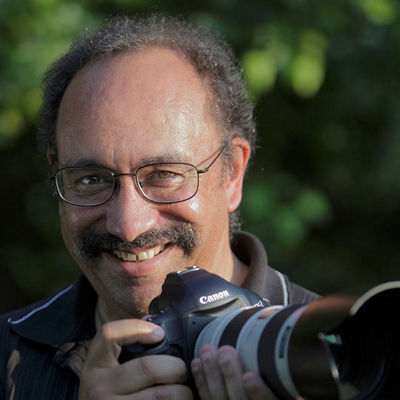Some older digital SLR cameras, such as some EOS 5D and 6D series models with the separate AF-ON button, also have a Custom Function that lets you flip-flop the roles of the AF-ON button and the adjacent AE Lock button (with asterisk icon). This is called “AF-ON / AE lock button switch” in the Custom Function menu of these digital SLRs. If you find the AE Lock button easier to reach with your right thumb, you may want to engage this function as well.
More recent digital SLRs, such as the EOS 7D Mark II and similar cameras, have a Custom Functions menu option called “Custom Controls” or similar wording. Similar to today’s mirrorless models, this will let you select a button which can be modified, and individually change what it does when pressed.

















